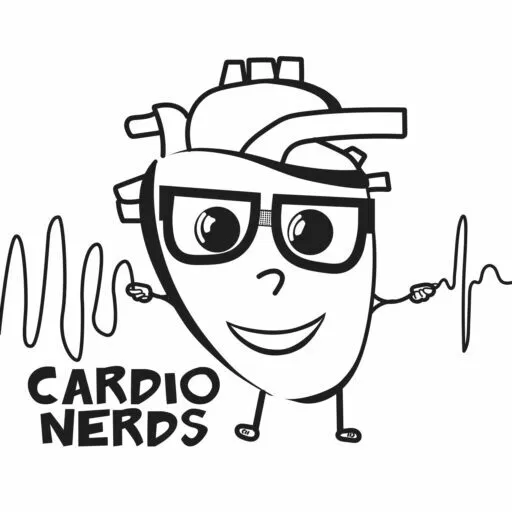I'm Evan Stein, a founder, Chief Operating Officer, and Chief Scientific Officer of LIB Therapeutics. LIB, standing for lowest is best. And we are developing a third-generation PCSK9 inhibitor, which we believe has a number of advantages over existing drugs.
Well, these are part of registration and approval for a new drug. And this trial is one of the pivotal phase three trials, which is a 52-week, basically safety study and efficacy study in a large number of patients. Lerodalcibep, which is not easy to say, is a very unique small binding protein. It is basically built from the backbone of fibronectin, a common protein in the body, which holds cells together, which has been modified so that the binding of the protein binds to any specific target, in this case, PCSK9. It's a very small protein, eleven kilo daltons, which, if you inject it, would be out in the urine by the time you had your next cup of coffee. So, we have to add a PK extender or something to it, attached to it, which allows it to remain in the circulation for a longer period of time. In our case, this is human serum albumin, so that the combination is fully human proteins. It's then grown in a cell line, and it works very similarly to a monoclonal antibody. It binds to PCSK9 in the bloodstream, similar to the two monoclonal antibodies on the market, Repatha and Praluent. It prevents PCSK9 from binding to the LDL receptor. The LDL receptor then recycles more frequently and is able to pull out LDL cholesterol and deliver it to cells out of the circulation, preventing LDL from damaging the arterial wall.
So, in the study presented today, which is a study in patients with cardiovascular disease, or by the latest European and now US guidelines, are also at very high risk for cardiovascular disease, what we would call cardiovascular risk equivalents. All patients at high risk for cardiovascular disease on maximally tolerated standard therapy of statins, and about 16% of the patients who are also taking a second oral drug called ezetimibe.
The key findings are that at the end of 52 weeks, which would be four weeks after the last dose, our drug is dosed monthly as a very small injection, 1.2 millilitres, is stable at room temperature, at ambient temperature, as opposed to the other monoclonals which need refrigeration. So, at the end of 52 weeks, which was the primary endpoint, we had both safety and efficacy. In terms of efficacy, the mean reduction was around about 56%, and that is the trough value. That should be the lowest value. We also did a mean of week 52, which would be peak reduction two weeks after the dose is given on a four-week dosing schedule. And that was just over 70% for the mean reduction between the last two visits at week two post dose and week four post dose was around about 62% to 63%.
We also looked. The other key finding was we looked at the number of patients, the percent of patients who would achieve the most stringent guidelines now for adding additional therapy and achieving LDL targets from ESC. And over 90% of patients achieved both criteria, which was more than a 50% reduction in LDL from baseline, and in addition getting their LDLs below 55 milligrams, about 1.4 millimoles if they were at very high risk or had heart disease, or less than 1.8 if they had just high risk or less than 70 milligrams.
In terms of safety, there were no differences in safety in this population. 922 patients in the study for every two on active drug, one on placebo. There was no difference in the adverse events. The only difference was in injection site reactions, which were mild and moderate and sporadic in a greater number of patients on the active drug. But there was no difference in patients who terminated due to injection site reactions in the study.
So, I think what this drug does is offer a truly once-a-month dosing, which is twelve doses a year versus 26 doses a year with monoclonal antibodies. It provides a very small injection, well tolerated, good safety, similar to that of a placebo and highly effective drug in terms of LDL reduction and excellent efficacy in getting patients to the most stringent treatment goals that now exist. It also allows patients to keep their drug at ambient temperature, not have to store in a refrigerator. If they're traveling to a meeting at ACC, they can bring their drug with them, they don't have to have a cold pack or anything else.
So, this is one of our final two studies. The other study is also finished and we anticipate it will be presented in another international meeting in the next couple of months. And it now is the completion of our development program and we are now busy compiling all of the data for submission to the FDA for approval, known as a biological licensing application or BLA. And it will also go to the MAA in Europe for approval. We do have some additional proposed trials when we will do a cardiovascular outcome trial in a different population to what has been studied beforehand. Although these drugs are well established as the LDL reduction, resulting in a significant reduction in cardiovascular events, morbidity, and mortality.








Comments